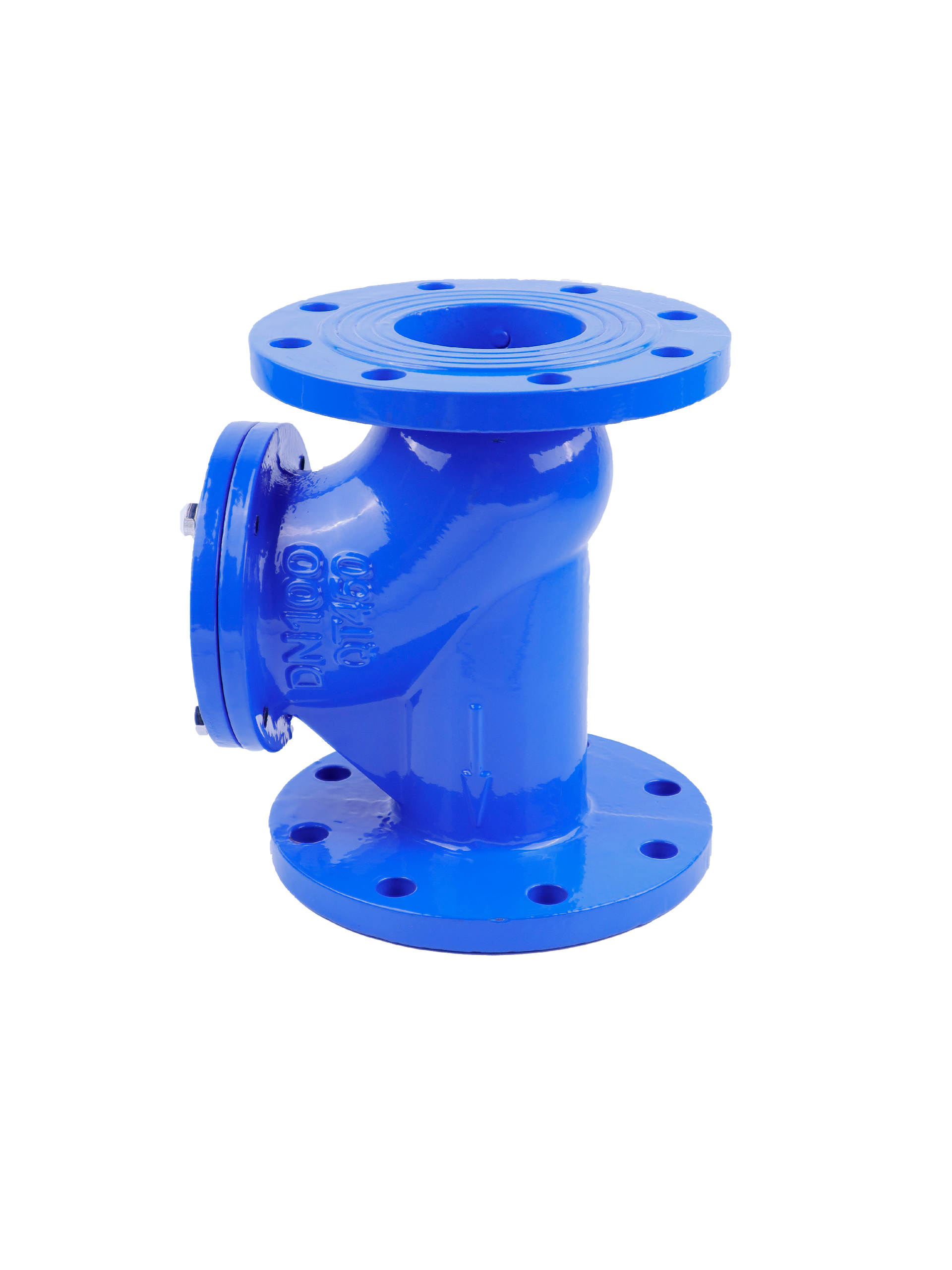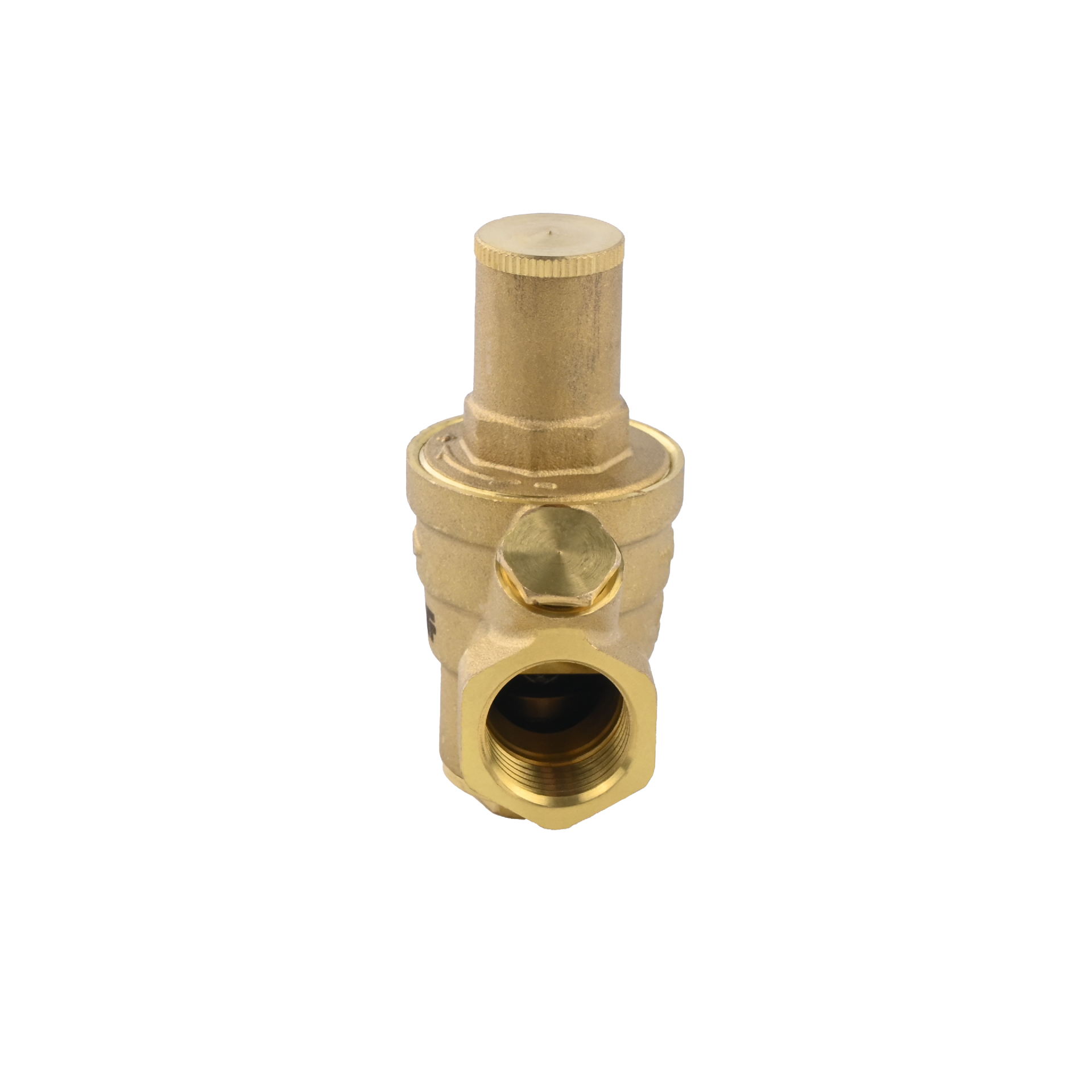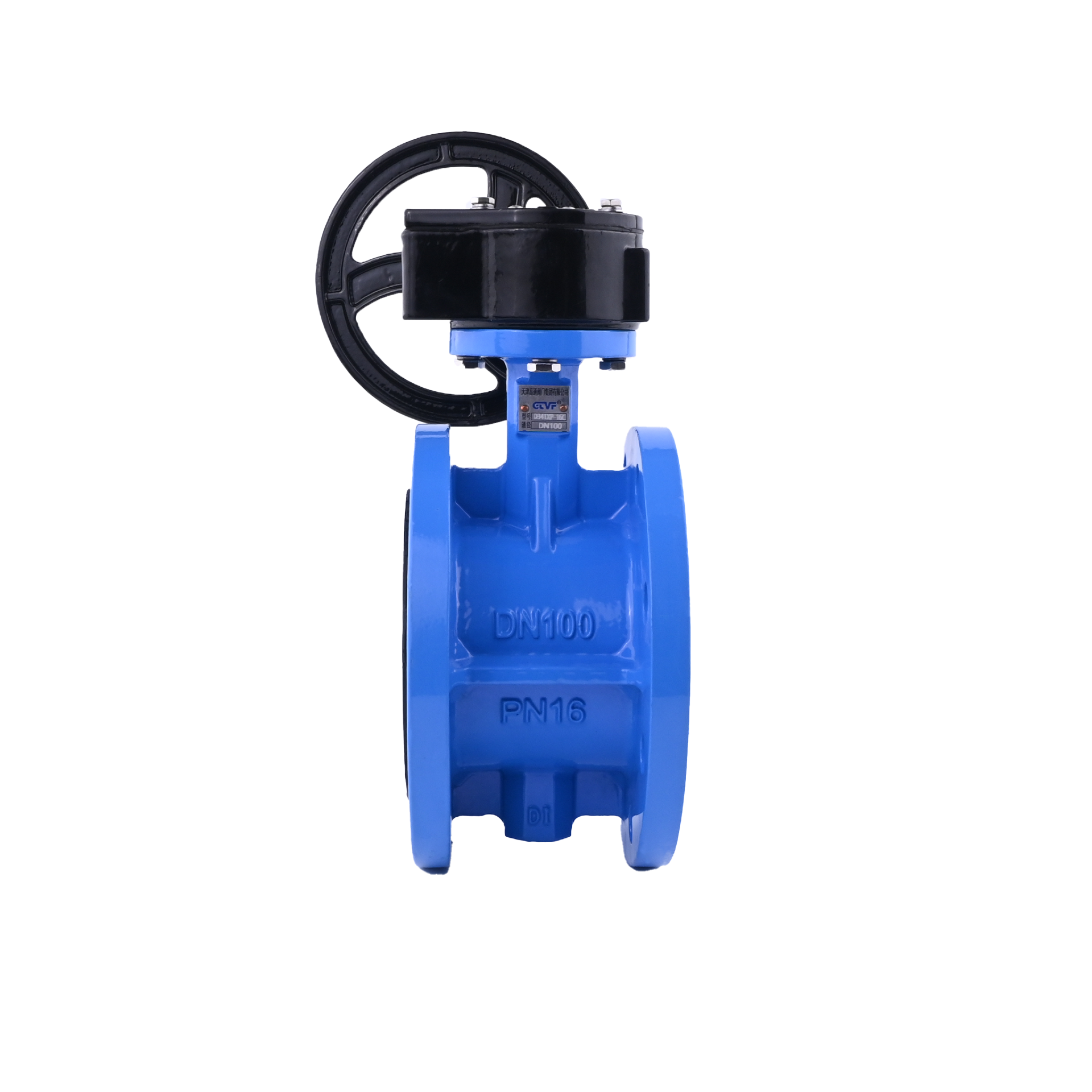Pneumatic valve is a kind of valve driven by compressed air, which is widely used in industrial production. Pneumatic valve manufacturers to share the common faults and solutions.
1, the valve can not operate
There is no air source or insufficient air source pressure, which may be caused by air compressor failure, air source pipeline blockage, pressure reducing valve failure, etc. Pneumatic actuator failure, such as piston seal wear, spring damage, etc. Solenoid valve failure, such as coil burned, spool stuck, etc., resulting in normal reversal, so that compressed air can not enter the actuator; The valve is stuck, which may be due to impurities and rust inside the valve, or the valve has not been used for a long time, resulting in rust between the valve stem and the seat.
Check the operation of the air compressor to ensure the normal supply of the air source, and check whether there is leakage or blockage of the air source pipeline, and adjust the pressure reducing valve to the appropriate pressure; Disassemble the pneumatic actuator, check the seal and spring, and replace it in time if it is damaged; Check whether the solenoid valve coil resistance is normal, if it is burned, replace the coil, check whether the spool is flexible, if it is stuck, clean or replace the spool; If the valve is stuck, try manually turning the valve handwheel to see if you can make the valve move. If not, it is necessary to disassemble the valve, clean the internal impurities, rust, and grind, repair or replace the valve stem and seat.
2, the valve action is slow
The unstable pressure of the air source may be caused by the insufficient capacity of the gas storage tank in the air source system and the poor performance of the pressure regulating valve. There are impurities or poor lubrication in the pneumatic actuator, resulting in increased piston resistance; The sealing packing of the valve is too tight, increasing the friction of the valve stem.
Check the air source system, increase the capacity of the air storage tank or replace the pressure regulating valve with good performance to ensure the stability of the air source pressure; Disassemble the pneumatic actuator, clean and regrease to ensure smooth piston movement; Properly adjust the sealing packing gland of the valve, so that the tightness of the packing is moderate, which can ensure the sealing effect, and will not make the valve stem friction too large.

3, valve leakage
The sealing surface is damaged, which may be caused by scratches, pits and other defects on the valve sealing surface due to erosion, corrosion, wear and other reasons. The sealing gasket is damaged or aged, and the sealing performance is lost. The valve is not fully closed or opened, resulting in the sealing surface is not fully fitted.
For the case of light damage to the sealing surface, it can be repaired by grinding; If the damage is serious, it is necessary to replace the sealing surface or the entire valve; Replace damaged or aging gaskets, select appropriate gasket materials, and ensure correct installation; Check the valve switch position, confirm that the valve is fully closed or open, if necessary, adjust the valve limit device.
4, valve vibration and noise is too large
Improper valve selection, such as the caliber of the valve and the pipeline does not match, resulting in high medium flow rate, vibration and noise; Valve internal parts are loose, such as valve stem, valve core and other parts are not firmly connected; The medium contains impurities or bubbles, which produce shock and vibration when flowing in the valve.
According to the actual working conditions, choose the appropriate caliber and type of valve to ensure that the medium flow rate is within a reasonable range; Check the connection of valve inner parts, tighten loose parts; Install a filter in front of the valve to remove impurities in the medium, and for media containing bubbles, an exhaust device can be set on the pipeline to reduce the impact of bubbles on the valve.
5. The solenoid valve is faulty
In addition to the above mentioned coil burned, spool stuck, there may be unstable power supply voltage or does not meet the working requirements of the solenoid valve; The inlet and outlet of the solenoid valve are reversed, resulting in failure to work normally.
Use a voltmeter to check the power supply voltage and ensure that it is within the rated operating voltage range of the solenoid valve. If the voltage is unstable, a regulator can be installed; Check whether the inlet and outlet of the solenoid valve are correctly connected, and make the correct connection according to the instructions.







